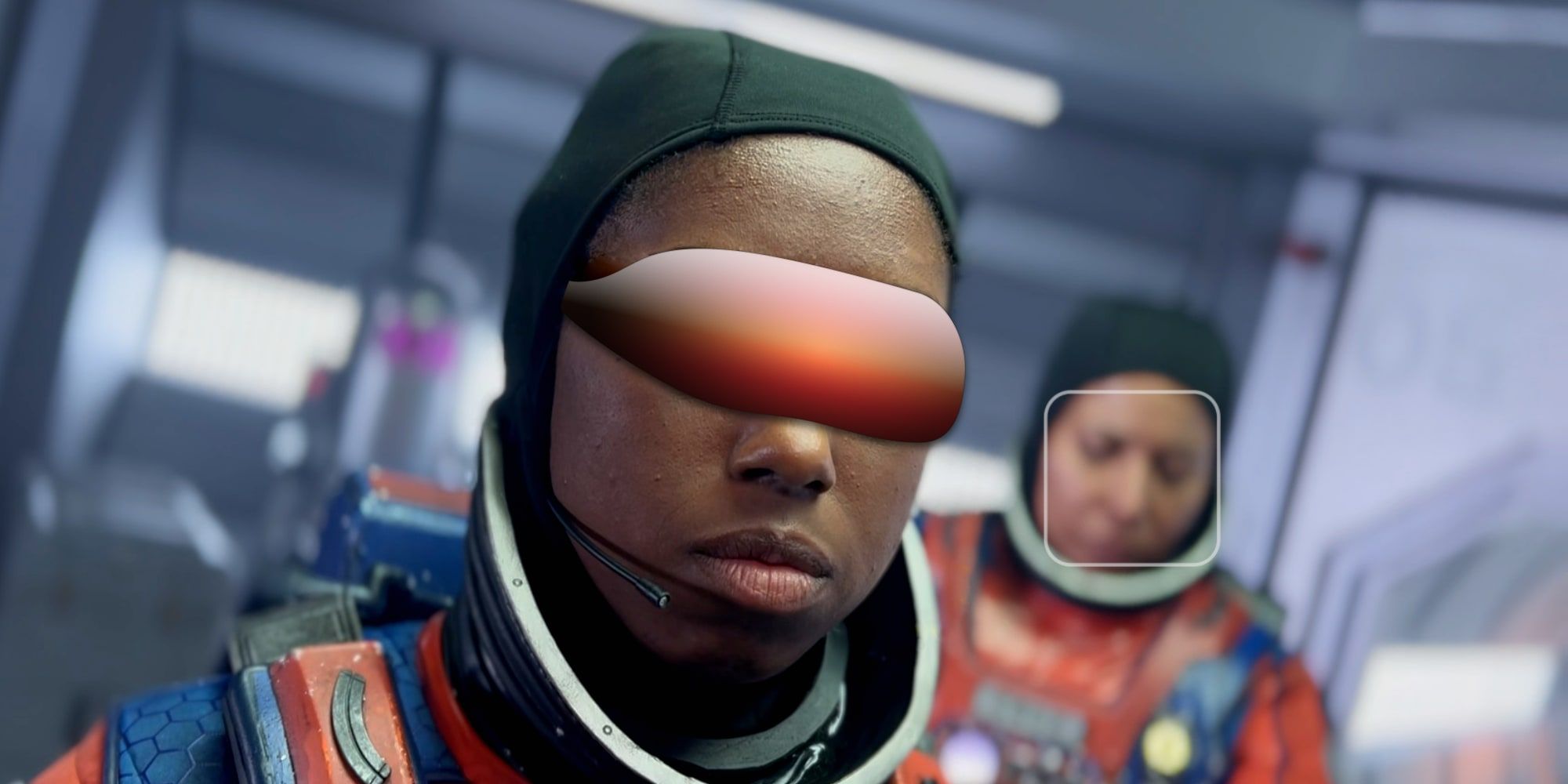Apple is already considering how to handle internet bullies and trolls in the Metaverse for its possible future VR headset. It's bad enough to have someone behaving aggressively in social media, and that might get much worse in virtual reality unless steps are taken to allow some way to block or mute a bully.
Apple has expressed great interest in augmented reality (AR), which is closely related to VR. The iPhone and iPad include an AR app called Measure, which uses the rear camera allowing the user to select objects and points in space to measure distances in three dimensions. Apple Maps also provides AR directions when walking, and this is just the beginning. Apple's rumored VR headset, which could appear as early as 2022, might be the first step toward Apple AR glasses.
A recent Apple patent application appeared on the U.S. Patent & Trademark Office website, revealing how Apple's VR headset might solve the problem of internet bullies causing pain in a shared virtual space. Apple's patent document describes different criteria to automate what it calls attenuating another person's avatar, in effect, lowering their volume and/or fading them out, with the worst offenders disappearing completely. One of the possible triggers would be based on proximity. If someone gets too close for comfort, their avatar will begin to fade away. Trust levels between each user might affect what constitutes too close. Another example Apple gave was VR graffiti and the potential for the virtual spray and avatar of the artist to fade out if that is considered a breach of appropriate social interaction in that space. Getting closer is necessary at a virtual boxing match and wouldn't cause fading, so it depends on the context.
Apple May Provide VR Escape Doors
Apple notes that this safety system is not meant to suppress freedoms of expression. If implemented, these controls might include opt-in and opt-out settings to control how much the system takes care of automatically. Since the automatic fading could be disabled, another approach might allow the VR headset user to leave a shared virtual environment that is uncomfortable for any reason via an escape gesture that creates a doorway, not visible to other avatars. This could allow for a quick exit, rather than requiring the user to navigate through different pathways only to be followed to another room.
Since Apple's VR headset might incorporate levels of trust, it allows trusted friends and family to get closer, possibly even tracking one another, so it becomes easier to interact when wanted. Apple also notes that each user might see interaction in an altered state. For example, getting too close might trigger fading for one user but not for another. The distance might be adjusted for some users to indicate there is not a conflict. However, moderators could be allowed to view the scene with no adjustment, only intervening if needed.
This well-thought-out plan shows just how seriously Apple is taking its AR and VR research, and all of the above might be implemented in future AR headsets as well. A virtual internet bully that disturbs users of Apple AR glasses or VR headsets might literally disappear from view without requiring action to be taken and altogether avoiding conflict.
Source: USPTO


